Kayla Annan
Forbidden Loves and Secret Lusts
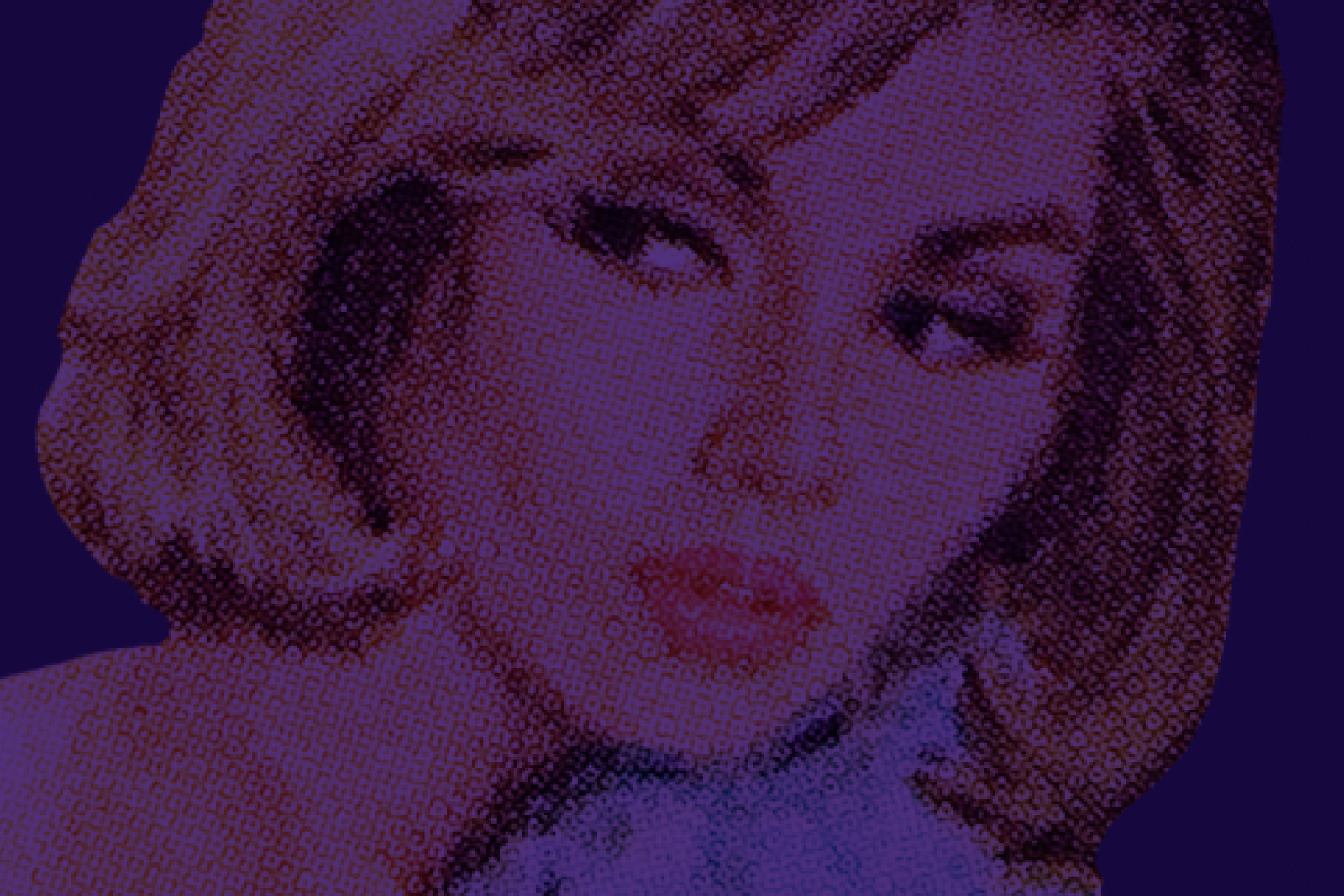
Forbidden Loves and Secret Lusts: Selections from the Golden Age of Queer Pulp Fiction is an exhibition that highlights both gay and lesbian queer pulp novels. The first encounter that many Americans in the 1950s and 1960s had with queer sexuality came at the train station or supermarket, where the paperback racks were filled with pocket-sized volumes bearing the images of brazen women or shadowy, yearning men splashed across their covers. These pulp novels, with their titillating cover art and promises to take the reader inside the shadowy world of queer love, were the first widely available media depictions of same-sex eroticism.
Books were surprisingly difficult to come by in the first half of the 20th century; until the 1940s they were only available in expensive hardcover editions and were sold exclusively at bookstores, the vast majority of which were located in big cities. 1949 saw the first books to be published originally in paperback. These paperback originals were much cheaper to produce than hardcovers, which gave publishers an incentive to take a gamble on publishing different types of genres, including mysteries, science fiction, and books featuring queer storylines.
These queer pulp novels proved very popular with both gay and straight readers, with many titles selling in excess of a million copies. These sales figures encouraged publishers to continue to seek out new books about queer desire to meet the growing demand, ushering in the golden age of queer pulps.
Read more:
Curator Carrie Hintz''s blog click here.
Emory Report’s Pride Month story click here.
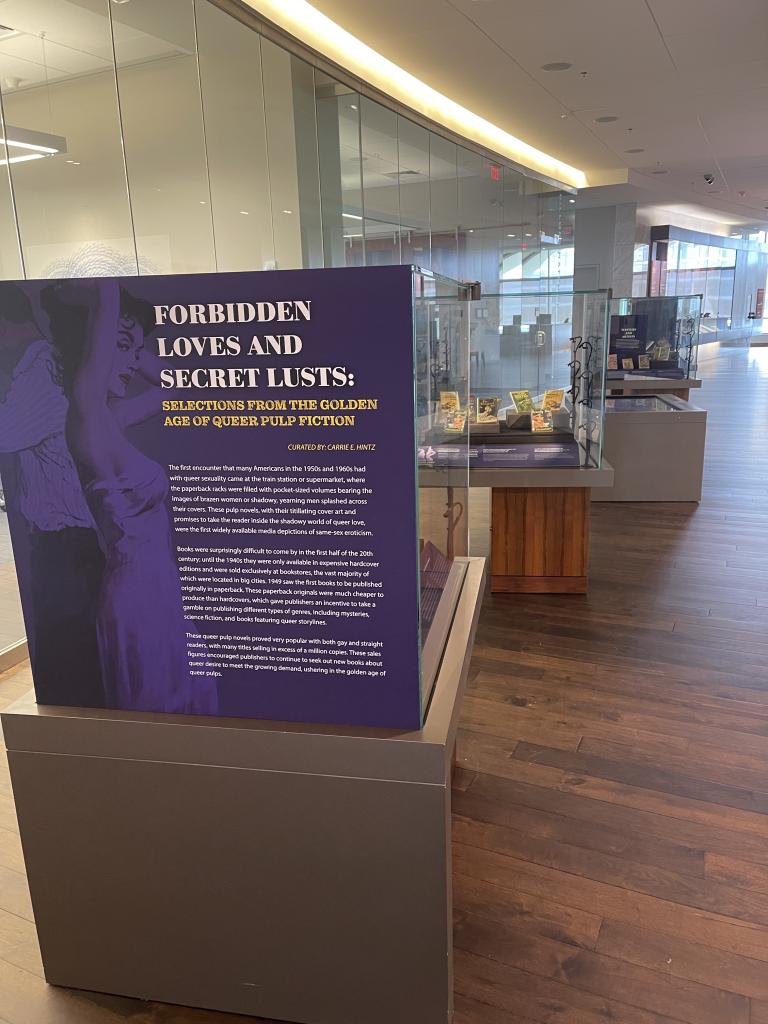
Rose Library Summer
Connecting Contexts
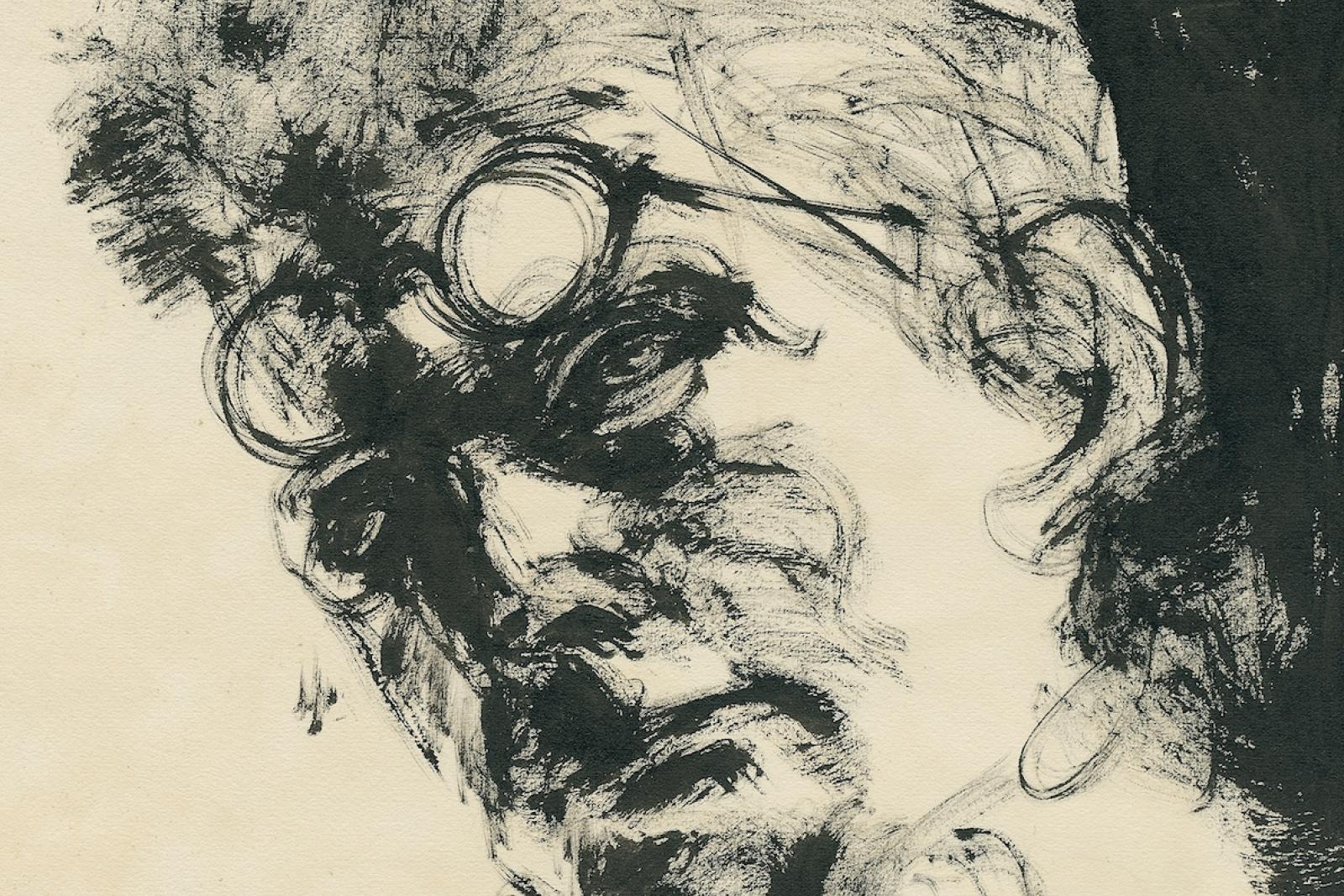
"...the first comprehensive edition of the letters of Irish-born Nobel laureate Samuel Beckett..."
This exhibit will present materials from each of the four volumes of The Letters of Samuel Beckett. Curated by Lois More Overbeck, the one of the editors, this exhibit offers more than 30 years of scholarship and insight into the life and work of Samuel Beckett.
The Letters of Samuel Beckett is the first comprehensive edition of the letters of Irish-born Nobel laureate Samuel Beckett (1906–1989). Perhaps best known for En attendant Godot (Waiting for Godot), Beckett wrote fiction, poetry, and criticism as well as drama for stage, radio, television, and film. Writing in both English and French, he translated much of his work from one language into the other and assisted or directed productions of his plays.
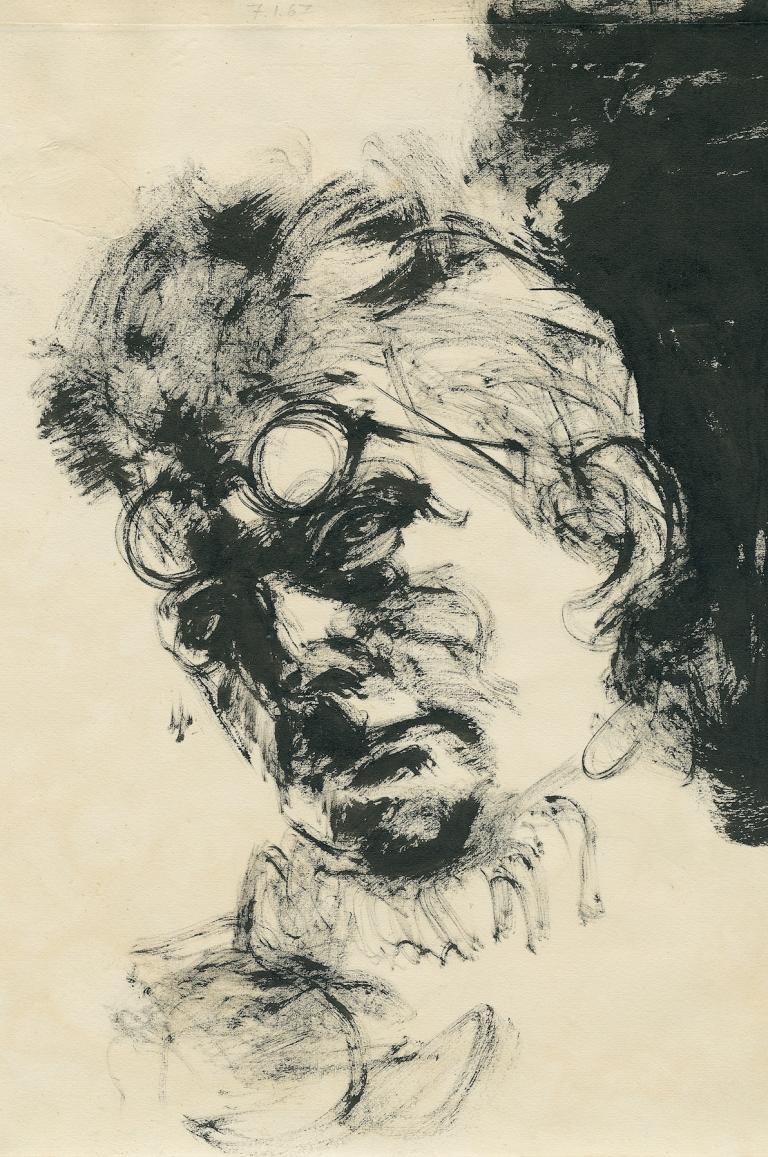
Erin Glogowski
Rose Library Spring
To the Great Variety of Readers
In 1623, 36 of William Shakespeare's plays were published in a single, large volume, or folio. This work, now known as the First Folio, has come to signify Shakespeare's unparalleled impact on English language, literature, and culture.
However, the book itself gives little insight into how and why it was produced. Through an exploration of the industry and market that created the First Folio, as well as its natural successors, the Second, Third, and Fourth Folios, this exhibit places the work in context and enriches our understanding of Shakespeare as both author and symbol.

"An exhibition featuring the Second, Third and Fourth Folios of Shakespeare's works."
In 1623, 36 of William Shakespeare's plays were published in a single, large volume, or folio. This work, now known as the First Folio, has come to signify Shakespeare's unparalleled impact on English language, literature, and culture.
However, the book itself gives little insight into how and why it was produced. Through an exploration of the industry and market that created the First Folio, as well as its natural successors, the Second, Third, and Fourth Folios, this exhibit places the work in context and enriches our understanding of Shakespeare as both author and symbol.
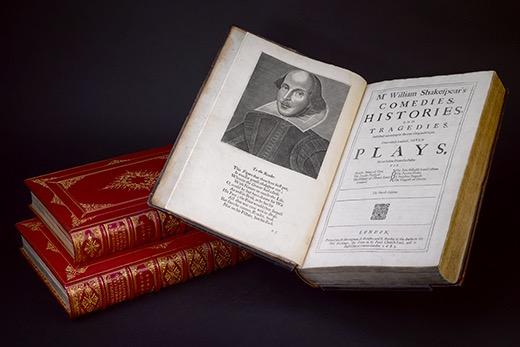
Weekdays: Free after 5pm | Weekends: Free
This rare opportunity to view all but the earliest version of the Folio is made possible by the loan of the Second and Third Folios from Rose Library benefactor Stuart A. Rose.


